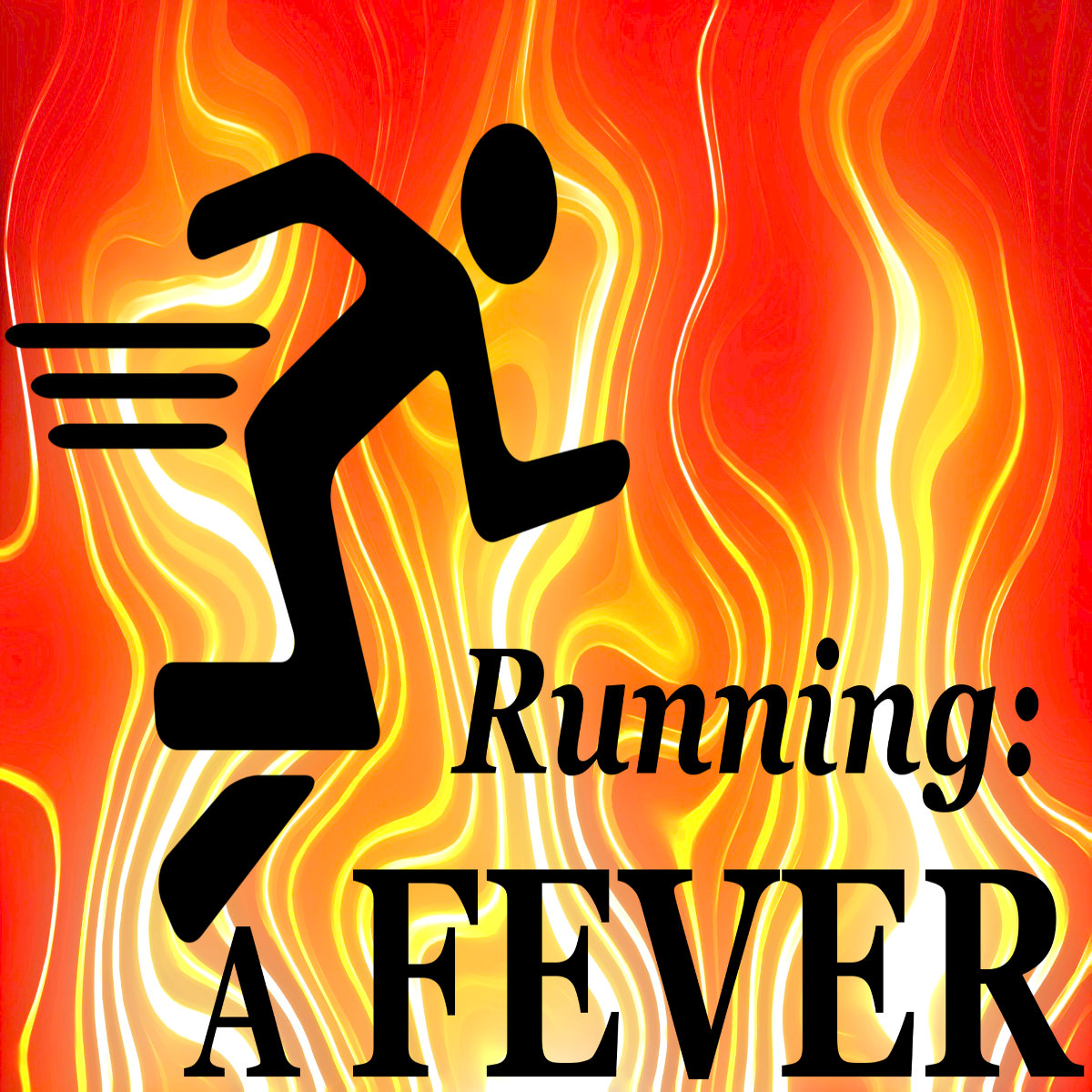Welcome to Running: A FEVER. My name is Michael Davis. This is a podcast about fitness, diet, and medicine. My goal is to live a long, healthy, happy, active life right up to the very end. And I do that by loving my life enough to make it last as long as possible.
We’re in our sixth in a series of ten episodes called “Aging Reversed.” It’s no longer clear that we have to age physically, and I’m presenting some evidence of that in this series. It’s part of my goal of living a long life. I love my life by considering the possibilities of making it last longer. So far, we’ve covered treating aging as a disease, the information theory of aging, and the genetics that go along with that, and last time, we explored calorie restriction as a contributor to long life.
In this episode, we will cover exercise and its effect on aging. How different types of exercise can activate longevity genes and improve health. Now, it doesn’t take a genius to see that exercise can extend your life; it’s common sense. But how does that work? What exactly is the process? We will dig deep into that and see what we come up with that might help us understand how exercise affects aging and how we can optimize our activity to extend our lives.
It was long thought that the benefit of exercise was increasing blood flow and eliminating plaque from the circulatory system. But what happens at a cellular level has the biggest effect on heart health, muscle growth, and blood flow.
First, let’s define something called a telomere. Telomeres are a part of our chromosomes that protect DNA and control cell division and cell lifespan. Cell division shortens telomeres, and so do unhealthy activities like smoking. Obesity (high BMI) also can shorten telomeres. The shorter a telomere is, the less likely a cell is to divide and the more likely it is to die. Certain types of exercise can lengthen telomeres, which is a very good thing.
You may recall from episode 391 the epigenomic agents sirtuins, mTOR, and AMPK. These genes repair and control our DNA. It turns out that they also lengthen Telomeres, which are essentially DNA. And what activates sirtuins and the other longevity genes is mild physical stress, which exercise can provide. It activates the survival circuit that causes cells to shrink, prepare for the worst, and live longer.
Studies show that people who exercise more have longer telomeres. One study by the CDC from 2017 showed that individuals who exercise the equivalent of jogging at least a half-hour five times a week have telomeres that look almost a decade younger than people who rarely exercise. That’s a big deal, folks.
And it doesn’t have to be a ton of exercise. Exercising fifteen minutes a day can reduce the chance of death from heart attack by 45% and of all-cause mortality by 30%, according to a 2018 study published in the New York Times. Yet only ten percent of people over age 65 exercise. Even ten minutes of exercise per day can increase your lifespan by years. And I guess that if you’re exercising that much, you’ll likely have a longer healthspan too. An active, long, AND healthy life. That would make me happy!
So what kind of exercise is best? Not surprisingly, the answer comes from research. It turns out that health-promoting genes are produced more by High-Intensity Interval Training (HIIT) than any other form of exercise. If you’re a long-time listener, you have heard about this before. Episode 101 is one time I discussed it as I was doing it.
Suppose you’re exercising at 75-80 percent of your maximum heart rate and are breathing fast and deep enough to make it hard to speak. In that case, you’re exercising at the right level to trigger cellular stress in the amount necessary to activate the survival circuit without doing any damage. My cardiologist told me precisely what my exercise heart rate should be. I have the formula magnetified to my refrigerator. It goes like this:
(220 – age) x 0.7
You don’t have to memorize this; of course it’s in the blog at http://RunningAFEVER.com/393
Something I didn’t know is that the effect of exercise (as well as caloric restriction) can be mimicked by taking rapamycin, metformin, resveratrol, and NAD boosters like NMN. At the genetic level, anyway. This effect is called hormesis, which is the thing we’ve been talking about all along: the introduction of cellular stress that activates the survival circuit. We’ll discuss these drugs and supplements in part 8 of this series.
In short, exercise turns on the genes that drive bodily activities that generally would be reduced as we age. Exercise is good. What a surprise. But now you know why and how.
I hope this episode has been enlightening to some or all of you. It is available on our YouTube channel at YouTube.com/@runningafever, and as a podcast everywhere you can get a podcast, including Spotify. Please like the video and subscribe to the channel, this will help us reach more people as we look to live long, healthy, happy, active lives.
If you’ve got the fever, keep it burning. If you don’t, catch the fever, and I’ll see you next time on Running: A FEVER.
References:
Sinclair, David A. and LaPlante, Matthew D. (2019). Lifespan: Why We Age — and Why We Don’t Have To. Atria Books.
https://tinyurl.com/RAF-telomeres
